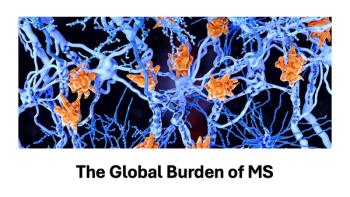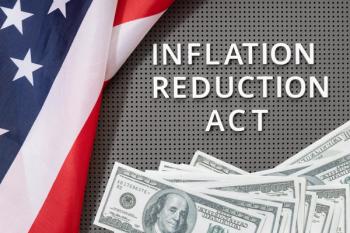
Are ACA’s cost-sharing reduction plans effective?
A new Commonwealth Fund study explores cost-sharing reduction plans and marketplace coverage.
A near-majority of enrollees on exchanges have coverage equivalent to coverage of a large employer, according to a new Commonwealth Fund
Jon Gabel, a senior fellow in the Health Care Department at NORC at the University of Chicago, and colleagues at NORC, analyzed data on 1,209 CSR-eligible plans sold in individual marketplaces in all 50 states and Washington, D.C. Data on plans in states that rely on the federal exchange are from Qualified Health Plan Landscape Files maintained by CMS. Data from states with their own exchanges are from marketplace websites maintained by state departments of insurance. The researchers collected data on CSR-eligible plans in up to six rating areas, up to two within each sampling stratum (urban, suburban, and rural), depending on how many rating areas were present within each state.
Gabel
“One common misunderstanding of the ACA [Affordable Care Act] is the amount of cost-sharing-deductibles, copayments, out-of-pocket limits-that enrollees face,” Gabel tells Managed Healthcare Executive. “This is the first national study to look in depth of the provisions of cost-sharing reduction [CSR] plans. Thus, demand for health services will be larger than perceived. We wanted to look at actual plans including cost-sharing to better understand marketplace coverage.”
Key findings of the report include:
• 57% of enrollees have CSR plans where cost-sharing is similar to an employer-based plan of a large employer.
• CSRs are available to households earning between 100% and 250% of the federal poverty level and that choose a silver-level marketplace plan. This is between $12,000 to $30,000 for an individual or about $24,000 to $49,000 for a family of four.
• CSR plans for people at 100% to 150% of poverty income have coverage similar to a platinum plan, called a CSR 94 plan. For households earning between 150% to 200% of poverty income (CSR 87 plan), CSR plans are slightly richer than a gold plan.
• The average deductible for a CSR 94 plan is $246 and for a CSR 87 plan is $736. This is in contrast to a silver plan ($3,063) and an employer-based plan ($1,318).
• The average out-of-pocket limit for CSR 87 and CSR 94 are $2,047 and $1102. This contrasts with silver plans that have average out-of-pocket limits of $6,224.
“Enrollees with cost-sharing reduction plans are more satisfied with coverage and have fewer problems paying medical bills than enrollees without CSR coverage,” Gabel says. “There is a need for more public information to the uninsured earning 100% to 250% of poverty income about actual cost-sharing. More information would increase enrollment.”
Newsletter
Get the latest industry news, event updates, and more from Managed healthcare Executive.






















































